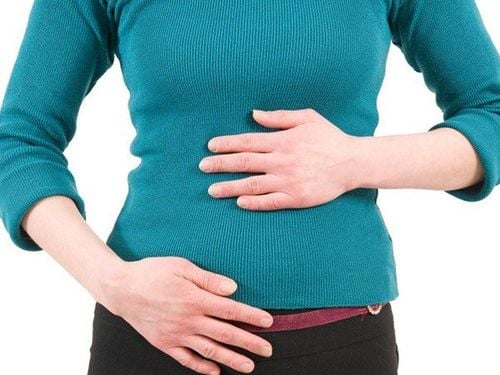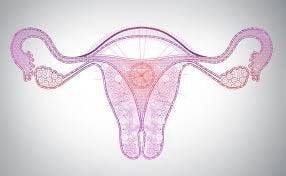Article professionally reviewed by Ngo Thi Uyen MD - Obstetrician and Gynecologist, Department of Obstetrics and Gynecology, Vinmec Nha Trang International Hospital.
In women, the ovaries are primarily known for their role in producing oocytes and their endocrine function in generating female sex hormones. When surgical removal of the ovaries becomes necessary, many women are concerned about whether removing one or both ovaries will impact their ability to conceive.
1. Reasons why women have to have ovarian surgery
The surgical removal of one or both ovaries is a procedure that often includes removing the fallopian tubes. This may be considered in cases where a woman experiences one of the following conditions:
1.1. Ovarian Cysts
Ovarian cysts are fluid-filled or solid masses on the ovaries. In cases of benign ovarian cysts, surgeons typically remove the cyst while preserving healthy ovarian tissue. However, in complicated cases, such as pelvic adhesions, large cysts, or torsion with necrosis, the ovary may need to be entirely removed.
1.2. Ovarian cancer
Ovarian cancer begins when ovarian cells undergo abnormal mutations and grow uncontrollably. Women with a family history of breast or ovarian cancer are at a higher risk. Depending on the case, this may necessitate the removal of one or both ovaries.
1.3. Endometriosis in the ovaries
During menstruation, the inner lining of the uterus peels off and exits the vagina along with blood, creating menstruation. When this tissue grows outside the uterus (e.g., in the abdominal cavity, fallopian tubes, or ovaries), it is called endometriosis. These tissues behave like uterine lining, shedding, and bleeding during the menstrual cycle. Since the blood cannot exit the body, it can cause internal bleeding, infections, and other dangerous symptoms. This leads to a very high possibility of requiring surgical intervention.
1.4. Ovarian abscess
In some cases of infection, pus-filled abscesses form in the fallopian tubes and ovaries. Depending on the severity, surgical removal of the affected ovary may be required.
2. Chances of conceiving after the removal of one ovary
The ovaries contain follicles and produce female hormones, playing a critical role in reproduction. During each menstrual cycle, the follicles mature, and an egg is released mid-cycle. If this egg meets sperm conception occurs. The chance of conception is highest when both ovaries are healthy.

After the removal of one ovary, the chances of conception decrease by 50% compared to having both ovaries. According to the natural physiological structure, the ovaries are a necessary condition to assess the level of successful conception after each intercourse of a woman. Corresponding to the two ovaries are two fallopian tubes. Both of these parts have the task of guiding sperm to the egg and forming an embryo. The two ovaries perform the same task but function independently of each other. Therefore, if one ovary has to be removed, the remaining ovary is still capable of maintaining the woman's reproductive health.
3. Post-surgery considerations
After surgery, pelvic interventions may leave scars. When wanting to get pregnant and successfully fertilize, in addition to accurately timing ovulation, the couple needs to abstain for at least 3-6 months after surgery to allow the woman's body to recover completely and help the remaining ovary to function normally again.
If conception does not occur within a year, the woman should visit a hospital to check whether the remaining fallopian tube is open and if the ovary is releasing eggs regularly.
4. Can you have children after the removal of both ovaries?
If both ovaries are removed, a woman will no longer produce eggs and will lose the ability to conceive naturally. However, women in this situation can still have children through in vitro fertilization (IVF) by receiving eggs from a donor. Thus, while natural conception is not possible, advanced reproductive techniques make it possible to have children.
Conclusion, If a woman must undergo surgery to remove one or both ovaries, she should not be overly concerned. For those with one ovary removed, the chance of conceiving is 50%. For those with both ovaries removed, pregnancy is still possible through IVF.
To arrange an appointment, please call HOTLINE or make your reservation directly HERE. You may also download the MyVinmec app to schedule appointments faster and manage your reservations more conveniently.








